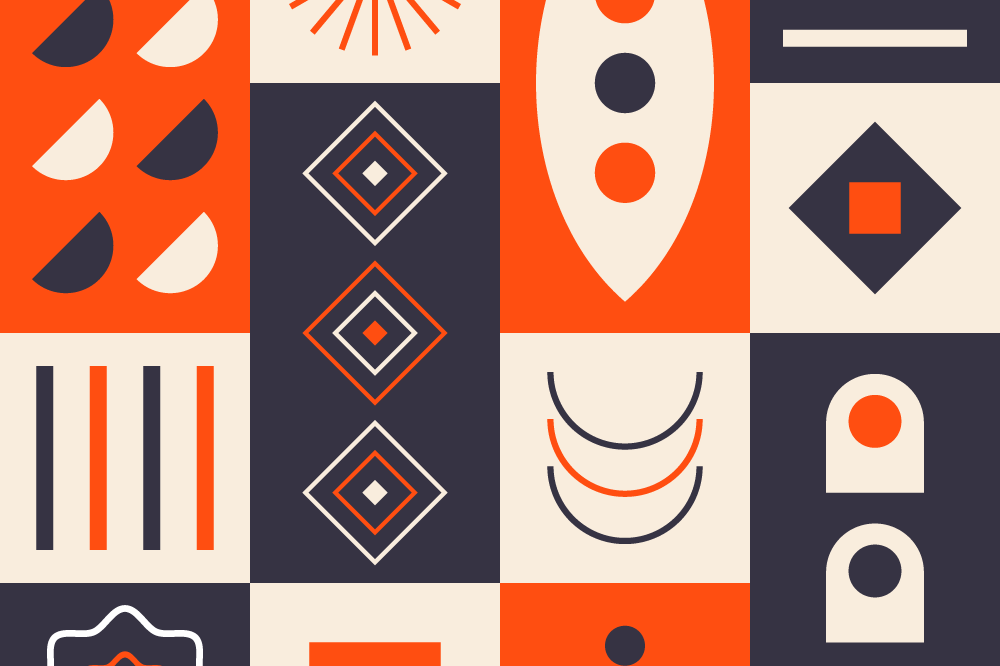Digital technologies have made ancient manuscripts more accessible than ever, but there are risks and losses, too. The scarcity and obscurity of ancient and medieval manuscripts pose challenges to understanding both the texts they contain and the lives of those who wrote them. The materials used in manuscripts, such as parchment and iron gall ink, are durable but have their limits, and the same activities that give us access to the manuscripts can slowly destroy them. In the early modern period, collectors began acquiring manuscripts from monasteries and churches and putting them into libraries, but their achievements must be balanced against their participation in colonial piracy.
Printed editions of manuscripts, though more accessible than the originals, do not capture their evanescent beauty, uniqueness, and artistry. Digital scanning and storage seemed to offer a solution, with libraries investing in digitizing their manuscripts and offering access to thousands of them online. However, digital images are not the same as the original, and the digital format is often in proprietary formats, limiting accessibility. In addition, the digital space is vulnerable to cyber-attacks, as demonstrated by a recent attack on the British Library.
To address these challenges, AI and computer technology can be used to improve digital conservation and enable wider access to individual manuscripts. AI can be used to transcribe and translate manuscripts, and with the combination of inter-operable file formats and relatively simple software, manuscripts can be made accessible through tablets and touchscreens in museums, libraries, and galleries. However, physical conservation is still necessary, as well as investment in digital formats and technologies to ensure future access.







